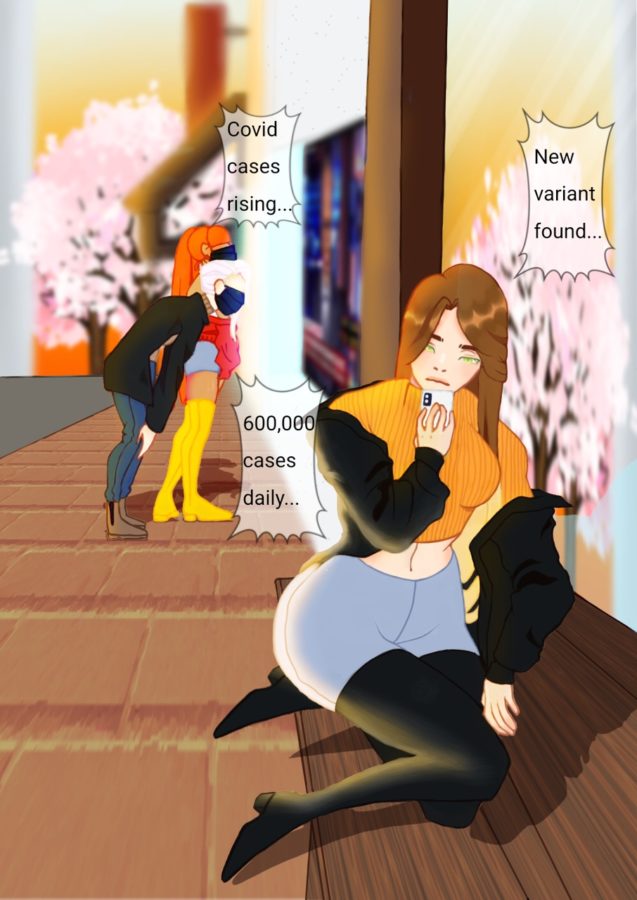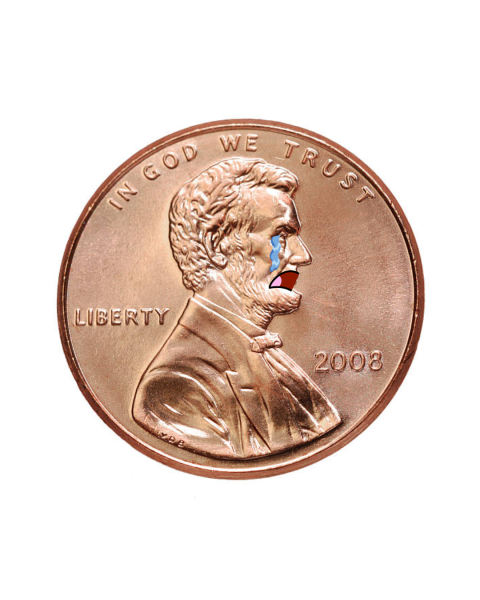Why are we numb to the pandemic?
Haunting news is so prevalent in our daily lives, we have become numb to it.
Do you know 5.7 million people? Could you picture yourself in a room with 5.7 million people, each with their own families and friends? Now, could you picture 5.7 million funerals?
That’s one reason why many people can’t seem to comprehend how devastating the pandemic really is. This phenomenon is referred to as “psychic numbing” and is, according to Paul Slovic, a researcher in decision science and psychology professor at the University of Oregon, “indifference that sets in when we are confronted with overwhelming calamity.”
Such a large number is incredibly difficult for people to comprehend, especially since it’s been building up gradually since 2020 instead of that many people passing away in a single, exact catastrophe.
According to MSNBC, the human brain “isn’t wired to process large numbers.” People can’t conceptualize 75.9 million Americans being infected with COVID, or 388 million people being infected worldwide (data as of Feb. 4). “The statistics of mass murder or genocide, no matter how large the numbers, fail to convey the true meaning of such atrocities,” said Slovic.
However, the question remains: why doesn’t this feel like March 2020? Cases are egregiously high, almost everyone knows or is someone who has or recently had COVID, Omicron is spreading at lightning speed, and yet life seemingly hasn’t changed. H-F is still open, as are gyms, restaurants and even bowling alleys.
Psychologist Adam Grant wrote an essay for The New York Times on this topic, comparing it to exposure therapy for phobias. In exposure therapy, one of two methods will be used-systematic desensitization and flooding.
According to Grant, “Systematic desensitization involves introducing the threat in small doses and gradually increasing it over time,” while “Flooding, on the other hand, involves putting you right in the middle of your nightmare.”
March 2020 was an example of flooding. We were put right into the pandemic with no idea what to do. This led to some aggressive and effective decisions such as closing schools, businesses, and offices, as well as some panicked and irrational decisions, such as hoarding toilet paper.
What has happened since then has been systematic desensitization. We have witnessed Alpha, Beta, Gamma, Delta and now Omicron variants take over the news, each with varying impacts on the world. Like exposure therapy, people generally grew less and less shocked or afraid with each new variant.
If you see news anchors every day talking about how countless people are dying, cases are spiking, and hospitals are running out of beds and having to turn away many seriously injured or ill patients for two years straight, you’ll grow numb after a certain point. You might even become surprised or suspicious if there’s good news, thinking, “what’s the catch?”
Despite this, though, there is a silver lining. People are more educated on the pandemic and how it spreads and can be prevented. At the beginning of the pandemic, the CDC said that people should not wear masks since it could be more harmful to do so, which we now know is not true.
People bought hoards of bleach wipes to clean surfaces when the CDC now says that “During the initial stages of the pandemic there was concern about surface transmission. However, the latest research suggests that this is unlikely to be a major route of transmission.” This means we’re less panicked and clueless, people are no longer disinfecting their groceries or hoarding various goods.
So, although infection rates, cases, and deaths are terrifyingly high, we have grown numb and even at times indifferent to the pandemic, under-reacting to every headline declaring the death of incomprehensible numbers of people and every article about yet another industry or group of people that have been devastated by the all-too-familiar word-pandemic.




